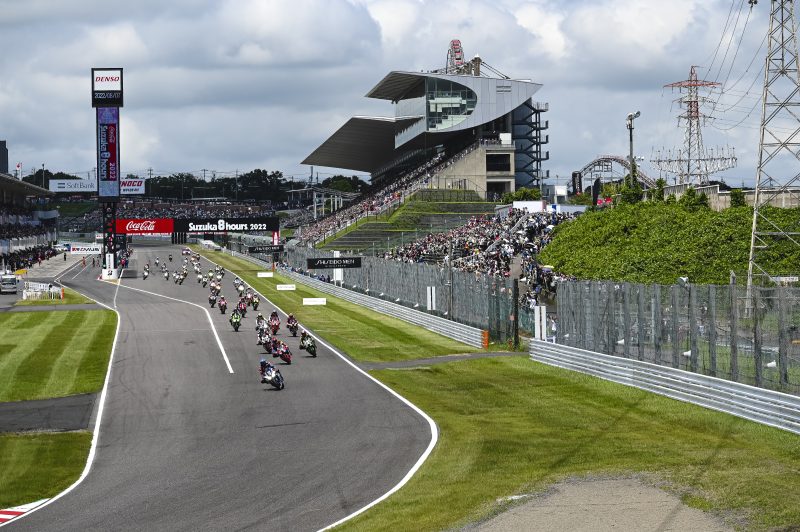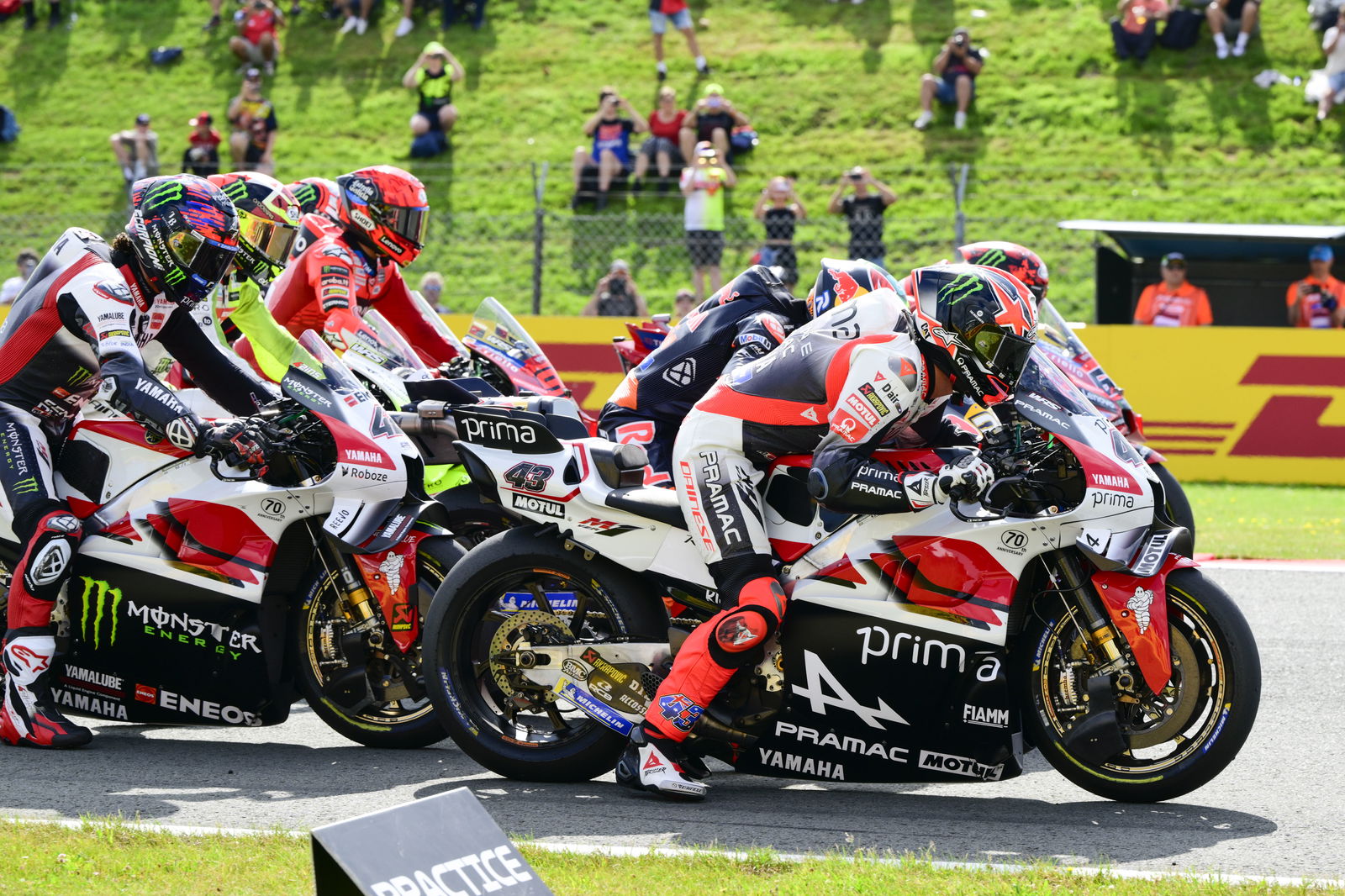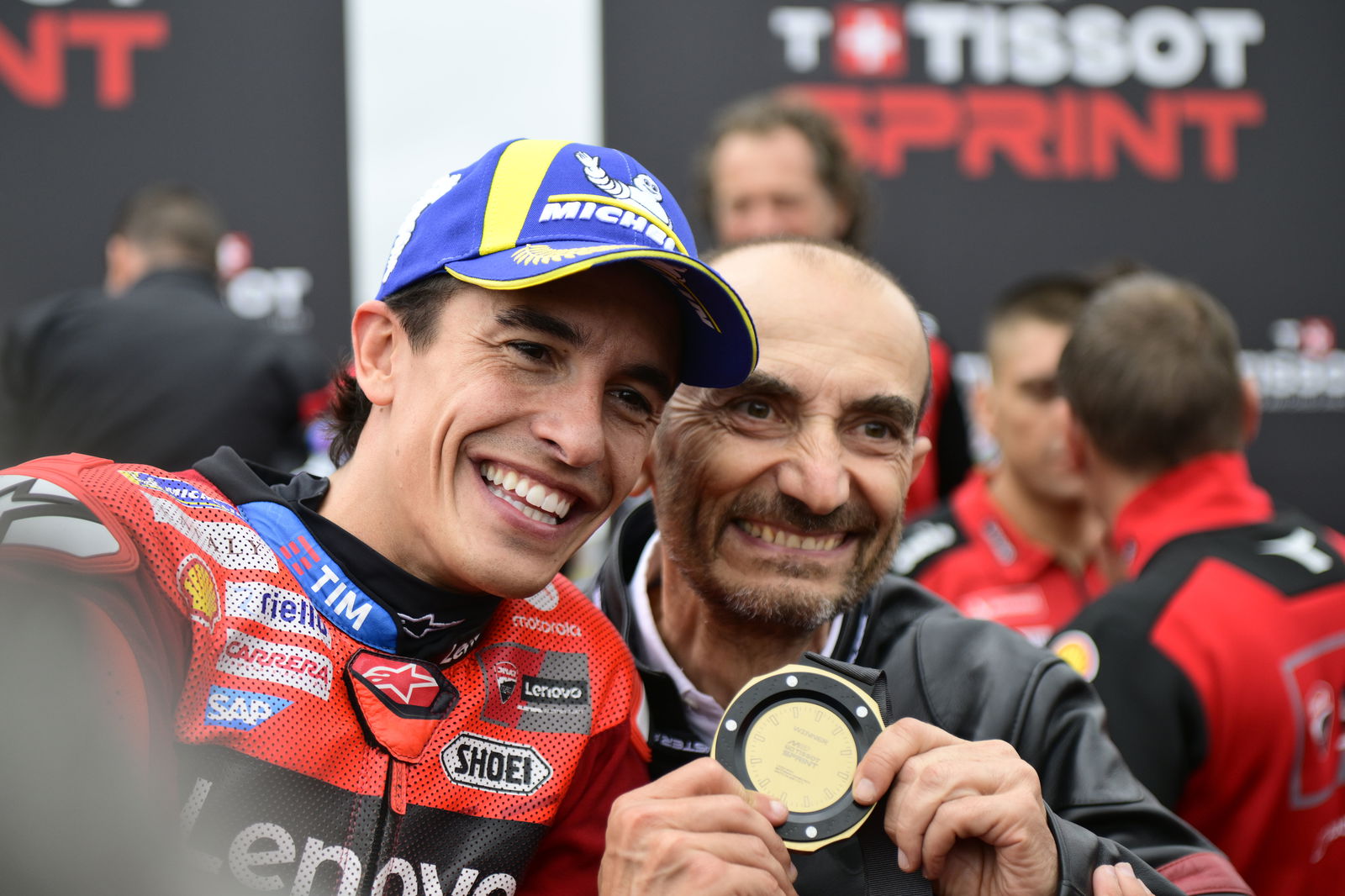Explained: The complex qualifying format for 2025 Suzuka 8 Hours
The 46th edition of Suzuka 8 Hours will take place on 1-3 August. Here’s everything you need to know about the biggest motorcycle endurance race in the world.

While MotoGP takes its summer break, fans of two-wheeled racing can look forward to the Suzuka 8 Hours this weekend.
Held typically in late July or August, the Suzuka 8 Hours bring together the best of Japanese riders, teams and manufacturers, with a blend of international flavour.
Suzuka 8 Hours format
The Suzuka 8 Hours is part of the FIM Endurance World Championship (EWC) and the race weekend is structured very differently to MotoGP and World Superbike Championship.
Not counting any private testing, the action will kick off on Friday with a two-hour practice session between 8:30am-10:30am local time.
Qualifying will be held over two days and is split into three different parts. To understand how qualifying works, it is important to remember that each rider from a team is assigned a particular colour: blue, yellow and red.
All three riders from each take part in the first qualifying in their respective colour-denominated session, then repeat the process in the evening for the second qualifying.
The average time from the fastest two riders of each team is used to determine which 10 bikes progress into the Top 10 Trial on Saturday.
Unique to the Suzuka round of the EWC, the Top 10 Trial is essentially a superpole-style shootout.
Teams have to nominate two riders for the Top 10 Trial, with each rider getting a chance to go against the clock and set the best time.
The first rider from each team takes to the track in reverse order based on Friday’s qualifying, followed by the second riders once everyone has set a time.
However, only Friday’s qualifying, only the fastest individual lap from either rider counts toward the final grid position, meaning a mistake or slower time from one rider doesn’t penalise the team’s starting spot.
The race itself takes place on Sunday, with the lights going out at 11:30am local time and the action concluding under the lights at 7:30pm local time.
Interestingly, the Suzuka 8 Hours continues an old tradition, with riders lining up on the right side near the pit wall before sprinting across to the other side to jump on their bikes and kick start the race.

Schedule (UK time)
Friday 1 August
00h30-02h30: Free Practice
04h00-04h20: First Qualifying (Blue Riders)
04h35-04h55: First Qualifying (Yellow Riders)
05h10-05h30: First Qualifying (Red Riders)
07h30-07h50: Second Qualifying (Blue Riders)
08h05-08h25: Second Qualifying (Yellow Riders)
08h40-09h00: Second Qualifying (Red Riders)
10h30-11h50: Night Free Practice
Saturday 2 August
06h15-07h00: Free Practice
07h30-09h00: Top 10 Trial
Sunday 3 August
00h30-01h15: Warm-up
03h30: Start of 46th Coca-Cola Suzuka 8 Hours Endurance Race
11h30: Finish of 46th Coca-Cola Suzuka 8 Hours Endurance Race
Riders, teams and manufacturers
The Suzuka 8 Hours dates back to the year 1978 and remains a major point of pride for Japanese manufacturers, who pour extensive resources to prepare and test for the event.
In the past, these manufacturers typically required their MotoGP riders to take part in the Suzuka 8 Hours, with Valentino Rossi among those part of the race’s hall of form. But the increasingly hectic schedule of MotoGP, coupled with the risk of injuries, means fewer and fewer grand prix riders make the trip to Japan for the enduro.
Still, this year’s grid features several international names. French GP race winner and defending Suzuka champion Johann Zarco returns with Honda, while Pramac ace Jack Miller will headlines Yamaha’s factory comeback..
In all, 55 teams will take part in the race, including 15 full-season contestants from the EWC. Yamaha is returning to Suzuka 8 Hours this year as a factory entrant, while Honda, BMW and Suzuki will all have an official presence. Other manufacturers like Kawasaki and Ducati are also represented in the race.
Apart from Miller and Zarco, a number of other foreign riders will be familiar to fans of MotoGP and WSBK, including Loen Haslam, Karel Hanika, Marvel Fritz, Andrea Locatelli and Jonas Folger.
Recent winners of Suzuka 8 Hours
As the owner of the Suzuka circuit, Honda unsurprisingly stands as the most successful manufacturer at the event. Last year, Zarco, Takumi Takahashi and Teppei Nagoe secured a third straight win for Team HRC and Honda’s 30th overall victory.
Notable international riders to have triumphed in the 21st century include Jonathan Rea, Toprak Razgatlioglu, Haslam, Alex Lowes, Michael van der Mark, Pol Espargaro, Carlos Checa, Valentino Rossi and Colin Edwards.
Legends like Wayne Rainey (1988), Eddie Lawson (1990), and Mick Doohan (1991) are also former Suzuka winners.
2024: Team HRC with Japan Post (Teppei Nagoe, Takumi Takahashi, Johann Zarco) 220 laps
2023: Team HRC with Japan Post (Tetsuta Nagashima, Takumi Takahashi, Xavi Vierge) 216 laps
2022: Team HRC (Tetsuta Nagashima, Takumi Takahashi, Iker Lecuona) 214 laps
2019: Kawasaki Racing Team Suzuka 8H (Jonathan Rea, Leon Haslam, Toprak Razgatlioğlu) 216 laps
2018: Yamaha Factory Racing Team (Katsuyuki Nakasuga, Alex Lowes, Michael van der Mark) 199 laps
2017: Yamaha Factory Racing Team (Katsuyuki Nakasuga, Alex Lowes, Michael van der Mark) 216 laps
2016: Yamaha Factory Racing Team (Katsuyuki Nakasuga, Alex Lowes, Pol Espargaró) 218 laps
2015: Yamaha Factory Racing Team (Katsuyuki Nakasuga, Bradley Smith, Pol Espargaró) 204 laps
2014: HARC-PRO. (Takumi Takahashi, Michael van der Mark, Leon Haslam) 172 laps
2013: HARC-PRO. (Takumi Takahashi, Michael van der Mark, Leon Haslam) 214 laps


